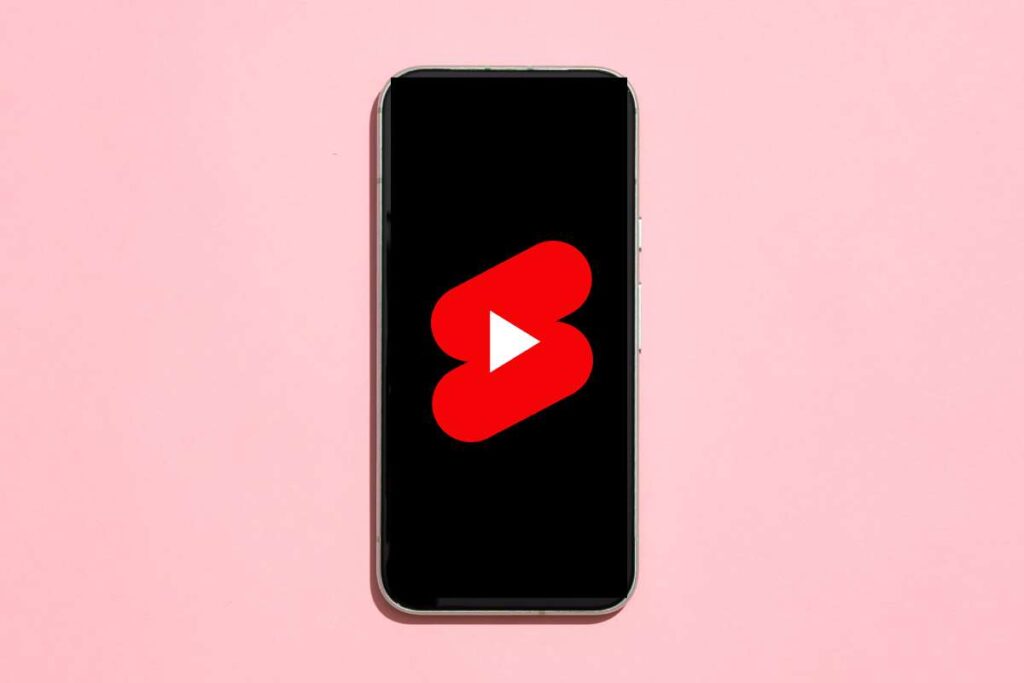What if your next shorts video wasn’t just good, but viral? We’re talking hundreds of thousands of views, thousands of shares, and a wave of new followers. For most creators, this kind of explosive growth feels random. A bit of luck. A trending sound. A fluke.
It’s not.
There’s a repeatable formula that successful content creators are using every day to hit massive view counts. And while the execution still takes effort, the strategy behind it is surprisingly structured. Here’s how that formula works.
Step 1 – Spot the Pattern Before It Breaks
The internet moves fast. What’s viral today becomes stale tomorrow. That’s why timing is everything when it comes to Shorts. Most creators make the mistake of chasing trends after they’ve already peaked. But the most explosive content? It gets posted while a trend is still rising, while interest is building, and the competition is still low.
This is where smart data comes in. Some creators now use AI like Virlo to track which topics, formats, and sounds are gaining traction before they’ve saturated the feed. It’s not about copying viral videos. It’s about spotting signals: Which hooks are people responding to? Which visual styles are being repeated? What type of content is quietly gathering momentum?
By tapping into this analysis, you’re not guessing. You’re uploading content that’s been statistically shown to catch fire, with a few key tweaks to make it your own.
Step 2 – Win the First 3 Seconds
Scroll-stopping content doesn’t start at the 5-second mark. It starts before the user even knows what they’re watching. The opening frame of your Short is everything. This is where most of the audience decides whether to keep watching or swipe past. A strong hook is essential.
Here are a few proven hook styles:
- Bold claim – Challenge expectations or make a surprising statement.
- Big question – Ask something your audience instantly wants an answer to.
- Striking visual – Use motion, colour, or framing that catches the eye.
- Problem-first – Hit a pain point and signal a solution is coming.
The hook needs to be visually and verbally tight. Don’t waste time with intros or buildup. Deliver tension, curiosity, or value right away.
Step 3 – Tell a Story Without Slowing Down
Shorts don’t leave room for warm-ups. You’ve got to move fast, but that doesn’t mean rushing. It means cutting the fluff and guiding your viewer through a clear, engaging moment.
What works well? Tiny story arcs. But not in the traditional storytelling sense. Think more like a shift: from confusion to clarity, problem to solution, question to answer. The transformation is what holds attention.
If you’re explaining something, don’t drop all the info at once. Layer it. Let curiosity do the heavy lifting. And if you’re showing something visual, make the change obvious. Audiences respond well to contrast. Before and after. Expectation vs reality. Wrong way vs right way.
Keep the camera movement, pacing, and audio in sync with that story. When they all click together, even a 20-second clip feels complete.
Step 4 – Emotion > Information
Information is everywhere. What cuts through is feeling. This doesn’t mean you need to make people cry or laugh on command. It means thinking about the reaction your content triggers. If a Short feels flat, it’s probably because it doesn’t make the viewer feel anything.
Does it make them nod and think, “I’ve been there”? Does it surprise them? Does it make them want to show someone else?
Sometimes it’s the delivery that brings the emotion to life. A sarcastic tone. A deadpan expression. A punchy pause. Don’t underestimate the little performance choices; they create energy, and energy is contagious.
Step 5 – Watch the Data Like a Hawk
You don’t need to be glued to your analytics dashboard, but you do need to check your signals. Which Shorts are holding attention past the first few seconds? What’s getting saved or shared? Where are people dropping off?
This is your cheat sheet for growth. One viral Short can inform the next five. If something works, there’s a reason, so reverse engineer it.
And if something flops, don’t overthink it. The algorithm can be moody, and even great content gets buried. What matters is pattern recognition. Post consistently, and those patterns become clearer.
Also, don’t wait weeks between uploads. The more you test, the faster you learn.
Step 6 – Stack Wins, Don’t Start From Scratch
The smartest creators don’t reinvent the wheel every time. If a topic or format works, they stretch it.
That might mean:
- Turning a good Short into a multi-part series
- Responding to comments or questions with follow-up content
- Reframing the same idea in a new tone or angle
What this does is create familiarity. The audience gets to know your rhythm. And when they recognise a format they liked before, they’re more likely to stop and watch again.
It also makes content creation way easier. You’re not starting with a blank page; you’re building on proven foundations.
Don’t Just Join the Trend, Define Your Lane
Trends are helpful. They’re shortcuts to exposure. But you don’t want to live on borrowed momentum forever.
The real long-term growth happens when your content starts to feel predictably good. Not predictable in a boring way but consistent in value, voice, or vibe. Viewers begin to trust that watching your Shorts is worth their time.
So yes, ride the trends. Use data. Experiment constantly. But keep an eye on the bigger picture.
What do you want to be known for? What do people come back for? Build that lane. Own it.

